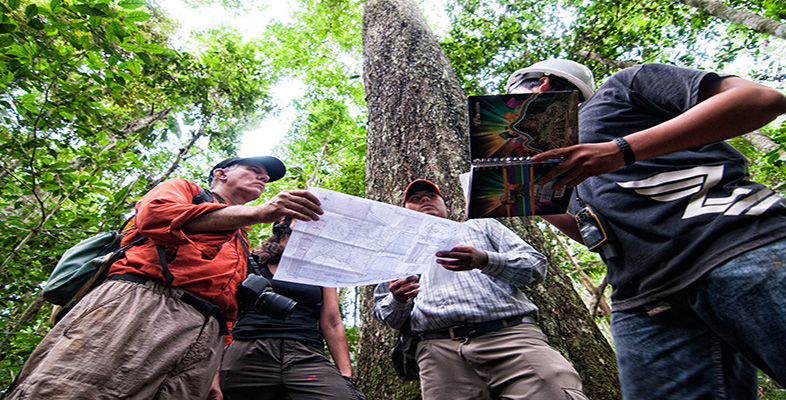2.2 Mental maps
One of the maps mentioned in the description of my journey to London is the idea of the ‘mental map’. This concerns the notion that we all carry maps in our heads. When asked for directions to a place, our reply is based on a mental map which may be quite close to a ‘real’ map; or may be quite impressionistic and have more to do with our feelings and senses. Have you ever been misled by directions which told you to turn, say, second left, only to discover that the person who gave the instruction had omitted to mention a narrow road or alleyway which you had counted as ‘second left’ but which they habitually ignore? We often give great detail about places close to us but become quite vague and inaccurate about places further away. This can be the case for our locality or home region or, when we think about other countries, continents or the world as a whole. We often recognise instantly an outline of, say, Australia or Scandinavia, yet can be almost unable to draw any such place by ourselves. And which place is further west – Carlisle or Edinburgh; or further south – Exeter or Brighton? On my mental map, Carlisle is much further west than Edinburgh but, in fact, they are almost on a line north-south, with the centre of Edinburgh, if anything, slightly more westerly. Similarly, with Exeter and Brighton, I imagine Exeter to be more southerly but it's not. You may have thought quite differently: you may have known ‘the truth’ by being familiar with these places. But next time a less than familiar place is mentioned, try imagining its location relative to somewhere else – and see if you are close.
So, with mental maps and others that we have noted, I am suggesting that maps are part of our everyday experience, even if not particularly noted or frequently used. Are they also useful in examining our ‘social worlds’? How might we use maps in social sciences?
